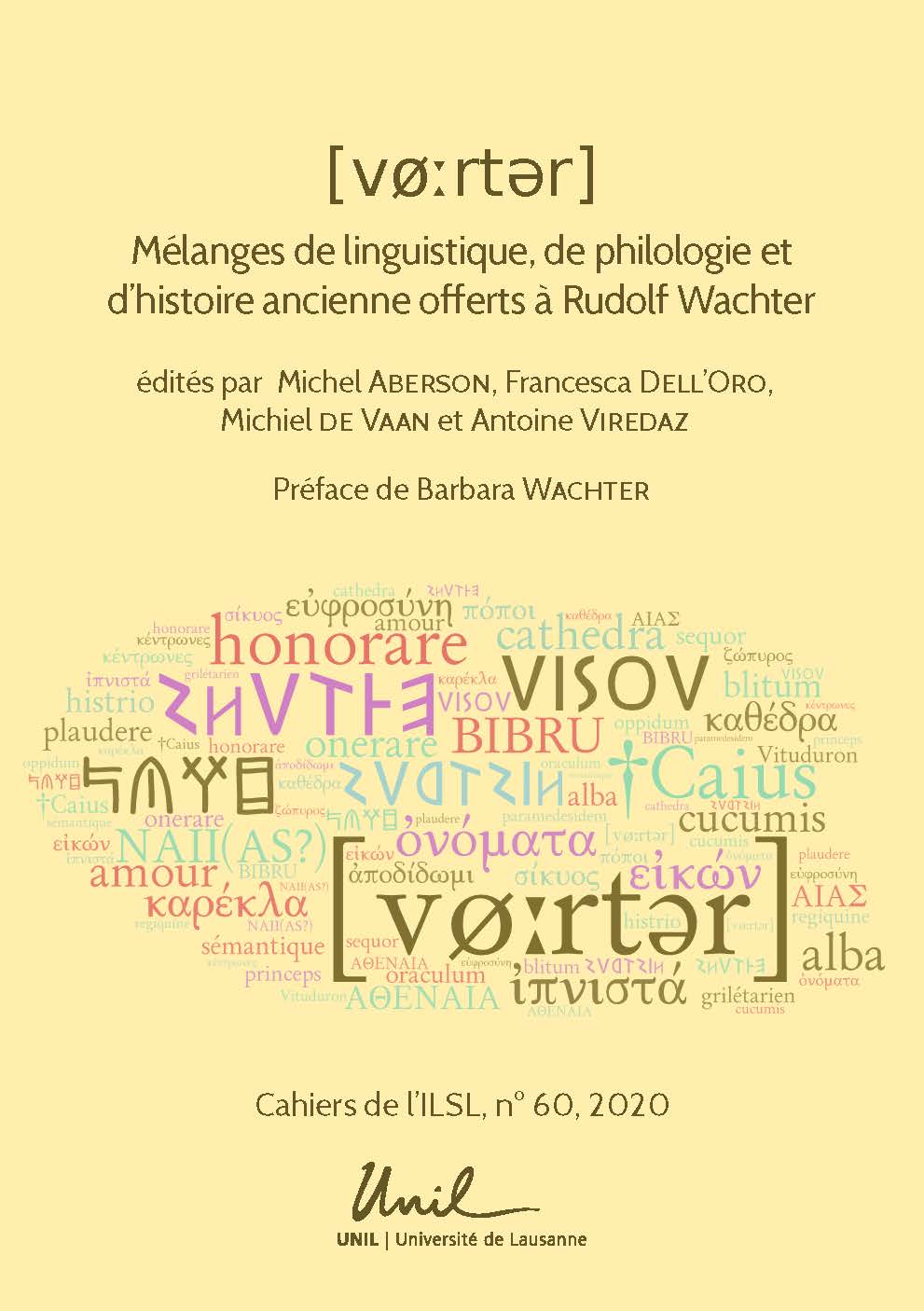Résumé
That the placement of name inscriptions (letter-chains naming figures or, in rare instances, other pictorial elements) in Greek vase-painting followed certain conventions was noticed early by scholars. In his seminal Non-Attic Greek Vase Inscriptions, Rudolf Wachter succinctly described two main “principles of labelling” : the “starting-point principle” and the “direction principle”.1 While these conventions allow for some variation which is mainly determined by the availability of space, the basic rule of the starting-point principle is that a name is placed close (but preferably not too close) to the figure it refers to – often as close to the head as possible –, with the first letter of the inscription always being closest to a figure’s head (the only exception to that are cases where the name is in its whole width placed horizontally above the head). This also determines the direction of the writing : if the name is placed to the right of (the head of) a figure, the writing runs from left to right, and vice versa ; as a consequence of this direction principle, the “feet” of the letters face the figures they belong to. The rationale behind these long-running and overwhelmingly consistently observed conventions followed by vase-painters presumably was to make clear to the viewer in an unambiguous way which inscription referred to which figure – otherwise (and sometimes still, despite adherence to the conventions) something not easily achieved in many images teeming with figures and letters. In this contribution, I would like to present a – to my knowledge singular – case of a name inscription that plays with these conventions in a spectacular way which epitomises the ingenuity of some craftsmen in exploiting the specific potential of the combination of writing and imagery which inscriptions in Greek vase-paintings represent.

Cette œuvre est sous licence Creative Commons Attribution 4.0 International.
